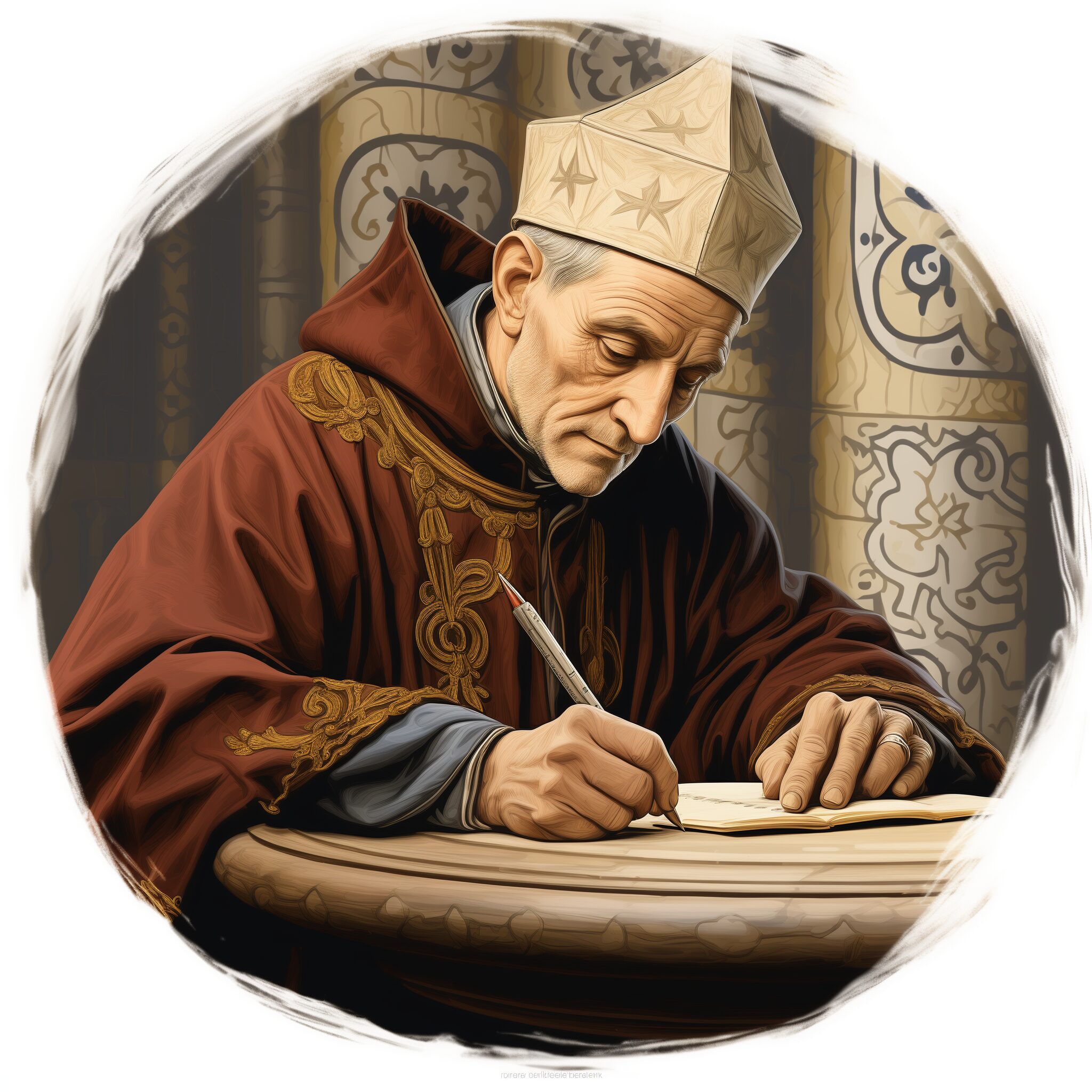Organization and Content of 1549 Book of Common Prayer

The 1549 Book of Common Prayer followed a structured organization, inheriting the basic framework of the traditional Catholic Mass while introducing Protestant elements and innovations. Archbishop of Canterbury is credited with most of the work. Here’s a breakdown of its key sections:
Daily Offices:
- Matins and Evensong: These daily offices, adapted from traditional monastic prayers, offered structured forms of morning and evening worship for both clergy and laity. They included elements like psalms, readings, prayers, and hymns.
- Compline: An additional optional night prayer service provided further opportunity for devotion.
Sunday and Holy Day Services:
- The Order of the Communion: This central part of the Sunday service featured elements like the Kyrie, collects, epistle, gospel, Nicene Creed, sermon, and the Eucharist. Cranmer carefully crafted the communion rite to reflect his evolving Protestant understanding of the sacrament.
- Proper Prefaces and Collects: Specific prayers and introductions tailored to different Sundays and festivals enriched the liturgical calendar and emphasized their unique themes.
- Litany and Suffrages: A litany of prayerful petitions addressing God’s mercy and seeking protection from various troubles served as a communal act of intercession.
Supplementary Materials:
- Catechism: A section dedicated to catechizing, instructing laypeople in the core tenets of Christian faith, further emphasized the Protestant focus on scripture and individual understanding.
- Homilies: A collection of sermons commissioned by Cranmer aimed to educate and instruct the laity on key Protestant doctrines and moral living.
- Calendar: An ecclesiastical calendar provided information on saints’ days, feasts, and fasts, reflecting the Church of England’s evolving approach to these traditions.
Overall, the 1549 Book of Common Prayer aimed to strike a balance between retaining familiar structures and introducing Protestant innovations. It provided a standardized framework for worship, promoting uniformity and cohesion within the Church of England at a crucial time of religious and political transformation.
